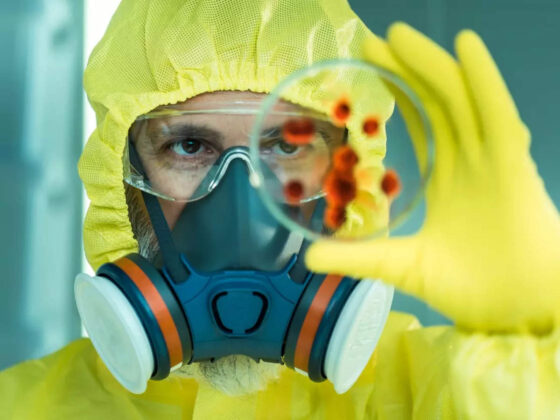Electronic cigarettes or e-cigarettes became a very popular way for people to quit smoking when they first emerged. But in 2019 a mysterious lung disease came up that primarily affected young person, particularly those who vaped, according to reports.
This condition left many questioning themselves about the safety of e-cigarettes. The condition was named e-cigarettes or vaping use-associated lung injury – or Evali for short form. The people who are affected by this condition was 24 years which is the average (median) age.
Symptoms like cough, shortness of breath and chest pain are some respiratory complaints that are reported, along with this stomach problems, fever, chills and weight loss were also reported during this condition and now we know that Evali is not caused by regulated, commercial nicotine e-cigarettes.
Rather, the condition has been linked to products like THC-containing e-liquids. Because THC (the active ingredient in cannabis) is expensive, some sellers were cutting their products with vitamin E acetate to make the e-liquid look like it controlled more THC than it did. Although vitamin E acetate is an ingredient in some foods and skincare products, it’s harmful when it was inhaled. Once the risk from vitamin E acetate was identified, cases of Evali decreased steeply. But many people’s perception wasn’t changed by this about e-cigarettes and still many are concerned about their safety.
Despite statements, there are misconceptions from Public Health England and the US Centers for Disease Control and Prevention which state that e-cigarettes have the possibility to benefit smokers who switch to vaping, concerns about the dangers of e-cigarettes, in part because of Evali, are still discouraging people who smoke from switching.
In recent surveys, nearly half of US and a third of British respondents have considered nicotine e-cigarettes to be as harmful as cigarettes, if not more harmful.
Most people who were surveyed thought that Evali was linked to specific types of nicotine e-cigarettes and not to cannabis or THC-containing products even after the link to THC-containing products was identified. However, there are many reasons why misconceptions about the safety of e-cigarettes continues, but no doubt that it didn’t help that the cause of Evali was confirmed just as coronavirus began dominating news cycles.
And, until now there are many discussions on e-cigarettes that have focused on the risks to young non-smokers. This means the potential benefits of e-cigarettes to people who smoke and those around them are mostly ignored.
According to research it has been noted that nicotine e-cigarettes can help people stop smoking and may be more effective than nicotine-replacement therapy. In studies testing e-cigarettes as a way to quit smoking, there was no evidence that people using e-cigarettes were more likely to experience serious health issues.
Also, e-cigarettes are thought to pose lesser risks to onlookers – while around 1.2 million people a year are killed by second-hand smoking. It’s also worth noting that e-cigarettes typically only contain nicotine, not tobacco, which is found in cigarettes.
Although nicotine is an addictive substance, tobacco smoke contains carbon monoxide, tar and toxic chemicals – including benzene, arsenic and formaldehyde. These substances are known to cause cancer and other heart and lung diseases. The harm from cigarettes largely comes from burning tobacco – not from the nicotine.
E-cigarettes deliver nicotine without burning anything. Valid concerns E-cigarettes haven’t been around for long, so they’re very unlikely to be completely harmless, and there is still uncertainty about their longer-term effects. The liquid and vapour used in e-cigarettes contain some potentially harmful chemicals also found in cigarette smoke, but at lower levels. In addition, there are concerns about the effect of nicotine on adolescent brain development.











